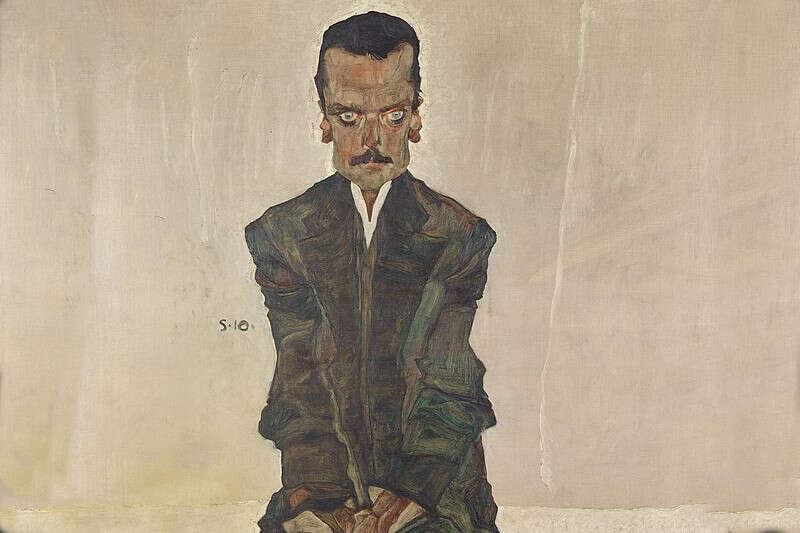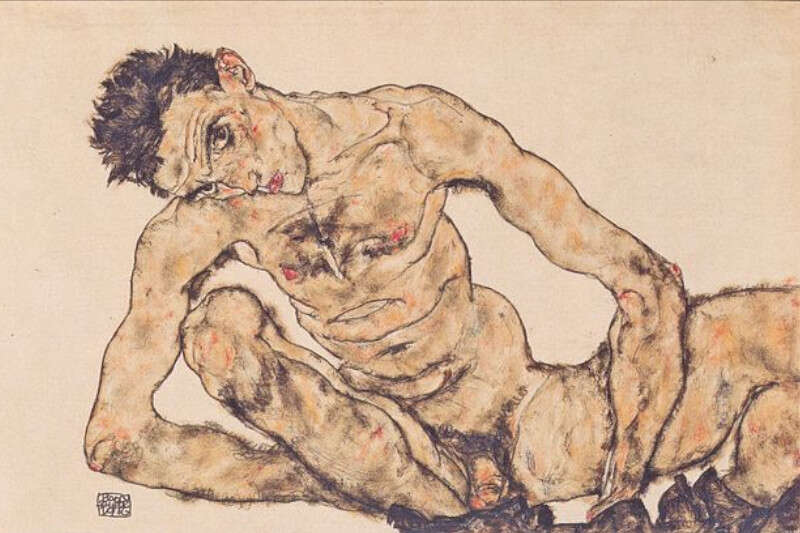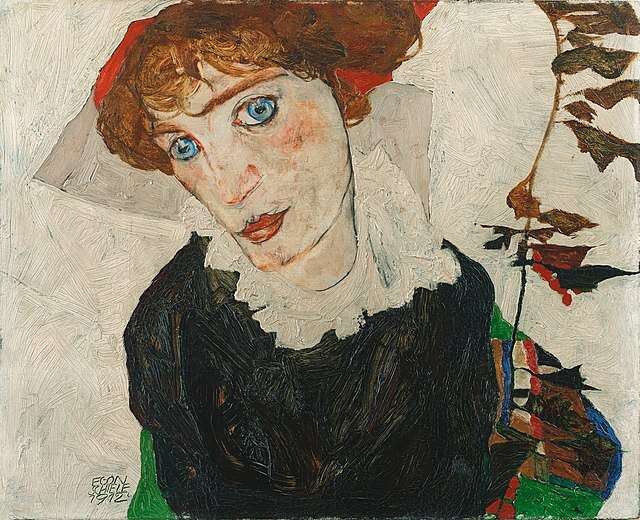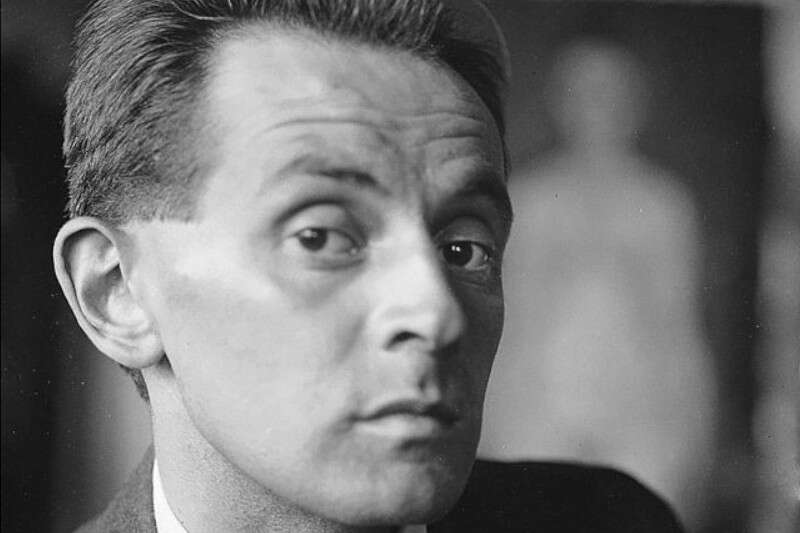Egon Schiele
Egon Schiele was an Austrian painter, draughtsman and pupil of Gustav Klimt. He is known as the author of provocative nudes in moving poses, portraits of cities and his own likenesses.
Childhood influences
Egon from his childhood loved the railway. His relationship with the railway was certainly influenced by his family, into which he was born in 1890. He had a very close relationship with his father Adolf, who came from Vienna and was the stationmaster.
Even one of Egon's sisters worked for the railroad. Egon's mother Marie came from Český Krumlov. Egon had several siblings, but unfortunately three of his siblings died. In Český Krumlov you can visit the Egon Schiele House and the art centre, which is also named after him, ESAC.
In spite of becoming a painter
Egon was timid and introverted and preferred to concern himself with himself rather than seek the company of others. He was a quiet child. He was never ambitious, nor was he blessed with any remarkable talents. He graduated from the Gymnasium in Krems and even had to repeat one class, which he later commented on with the unkind comment that his "rude teachers" were always his "enemies". The only subject in which he showed diligence and enthusiasm was drawing. He decided to follow his natural talent and applied for admission to the Vienna Academy, which was approved by the painter Max Kahrer, his own teacher, and other adults who shaped Schiele. He pushed through with his decision despite the disapproval of his guardian.
The theme of death
Egon unfortunately faced the death of his siblings at an early age, but the death of his own father scarred him for life. It was one of the most painful moments and losses in his life because he considered his dad to be the most important person in the world. Egon never had a particularly intimate or even warm relationship with his mother. His father's passing resulted in financial difficulties for the household, as Egon became the breadwinner after his father's death. The experience of death, which the Schiele family was no stranger to, strongly influenced the young Egon as an artist, according to his own words. Death became an important subject for him. Egon died in 1918 of Spanish influenza, infected by his wife Edith, who had died only a few days before.
The head of the Viennese artists
Schiele was married in 1915 to Edith Harms, with whom he lived until his death. Because with the First World War underway, he was drafted into the army four days later. Thanks to his sensitive friends, however, he worked exclusively in administrative positions. In 1917 he registered his first artistic successes. Dr. Franz Martin Haberditzl, director of the Modern Gallery, bought several of Schiele's drawings and a large portrait of Edith Schiele. This purchase was of great value to Schiele. Schiele considered Gustav Klimt, who was the leading figure of Viennese artists for a generation, to be his great model. When Klimt died in 1918, Egon became his legitimate successor. He was recognized as the head of Viennese artists. At the 49th Vienna Secession Exhibition held in 1918. He took full responsibility for the organisation and designed the exhibition poster, entitled Society at the Table. With his paintings and drawings he impressed the Zurich magazine Neue Zürcher Zeitung with his paintings and drawings, which brought him to the expected top, thus becoming a widely recognized artist.











